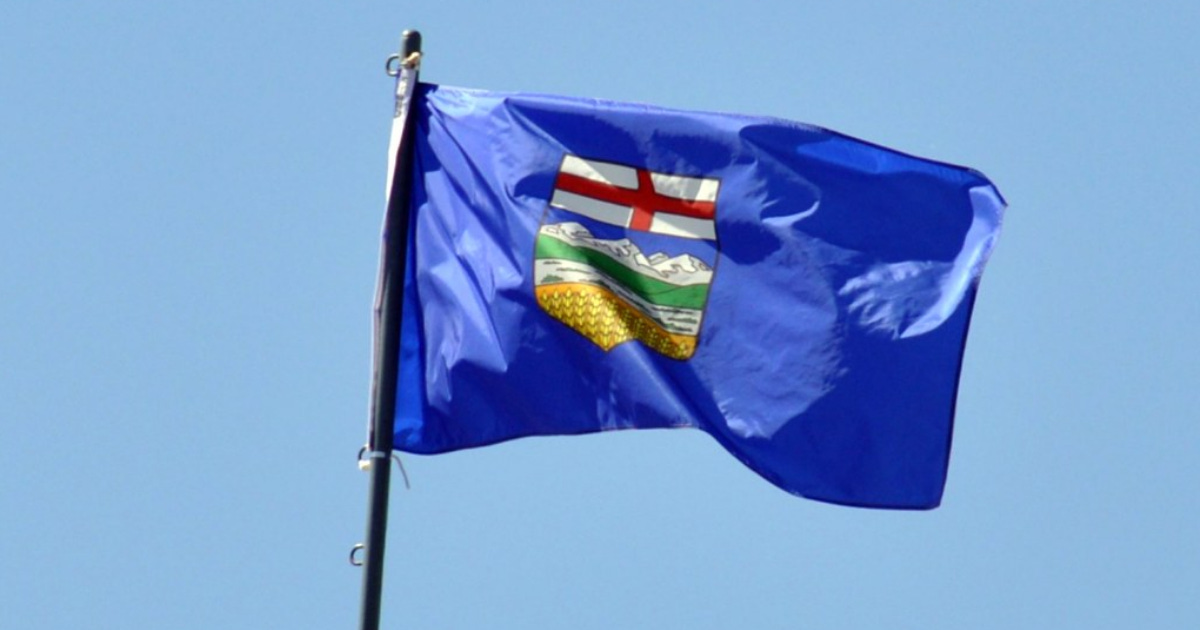Alberta forecasts $6.5B deficit as debt climbs
Alberta is facing its first deficit in five years, with Finance Minister Nate Horner announcing Thursday that the province will fall $6.5 billion into the red in 2025–26, up $1.3 billion.
Alberta is facing its first deficit in five years, with Finance Minister Nate Horner announcing Thursday that the province will fall $6.5 billion into the red in 2025–26, up $1.3 billion from what was projected in February’s budget.
The province is blaming failing natural resource revenue and population growth, but taxpayer advocates say the province’s increased debt is the bigger problem, accusing the government of some questionable spending.
“The price of oil has been up and down this calendar year alone. We’ve seen oil prices fall as low as $57 US per barrel and reach as high as $80,” Horner said during his first quarter fiscal update. “This volatility, in conjunction with the ongoing trade conflict with our largest trading partner, has significantly affected our revenue. As a result of this volatility, we are now forecasting a $6.5 billion deficit, our first deficit in five years.”
The province ended 2024–25 with an $8.3-billion surplus, but falling oil royalties and a stronger Canadian dollar have sharply reduced resource revenue.
The province said in a press release that natural resource revenue fell 38 per cent, decreasing from a peak $25.2 billion in 2022-23 to a forecasted $15.7 billion in 2025-26.
It also cited 2.4 per cent population growth in 2025-26, adding pressure to the provincial budget.
Despite being originally forecasted as a deficit, moving to a surplus, and then back to a deficit, the province continues to celebrate having the lowest debt-to-GDP ratio and the highest real GDP.
Alberta Director of the Canadian Taxpayers Federation, Kris Sims, told True North the key concern isn’t just the deficit but the rising government debt.
She said despite the deficit or surplus moving back and forth, the debt is increasing, from the originally forecasted $82.7 billion to now $84.3 billion. Sims added that debt interest payments are increasing $37 million to over $3 billion.
Sims criticized government spending priorities.
“Don’t tell me they’re looking under every couch cushion. That’s not true, because they’re still spending money on stupid things,” she said. “They shouldn’t be handing a bucket of taxpayer cash to an NHL team when they’re in debt.”
She also argued Alberta should not measure itself against higher-debt provinces.
“And what alarmed me most about Horner’s language is that he said a few times, we don’t want to be an outlier when compared to other provinces. Don’t compare yourself to other provinces, like if you look across Canada. That’s like saying you’re the least drunk person in the drunk tank.”
She added that the province is exploring spending taxpayer money on a bullet train.
Sims called for eliminating corporate welfare of any sort.
She added that Alberta Premier Danielle Smith admires Margaret Thatcher.
“If she wants to be Alberta’s iron lady, she needs to figure out how to say ‘No,’” said Sims.
Alberta NDP Leader Naheed Nenshi responded to the deficit news with a statement riddled with misleading statements, primarily against Alberta separatism, which the provincial government currently has no part in.
For example, Nenshi claimed an Alberta Pension Plan would cost hundreds of millions of dollars. However, he omitted the fact that Alberta previously ran a study highlighting that the province would be entitled to $334 billion of the CPP’s assets. The Alberta Prosperity Project’s fiscal plan also highlights that the plan would see annual revenues of $23.4 billion.
The fiscal plan highlights that an independent Alberta would generate a direct revenue of $4.71 trillion between 2025 and 2045, saving up to $678.5 billion and generating 300,000 to 450,000 jobs, while generating around $1.3 to $1.4 trillion for the Heritage Fund.
So while Nenshi is right that things would cost money, he may have forgotten that while financial ledgers have expenses, they also have revenue, and an independent Alberta would make far more than it spends.




